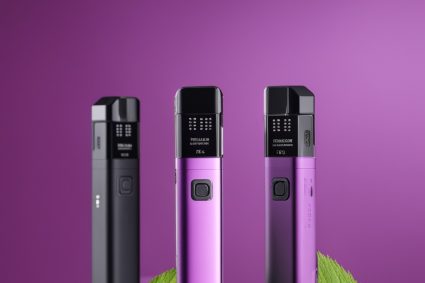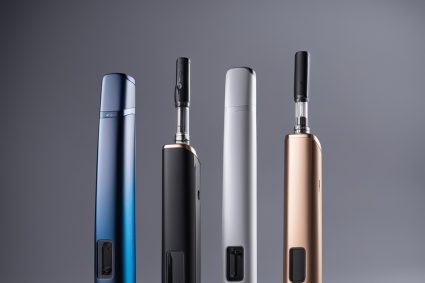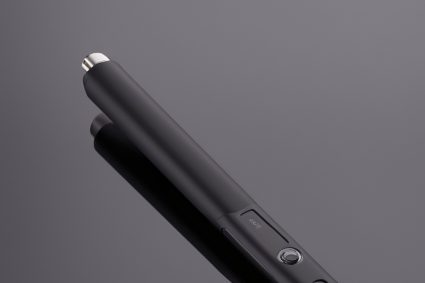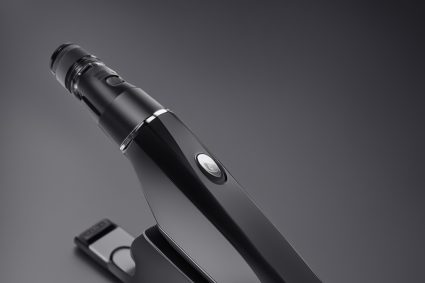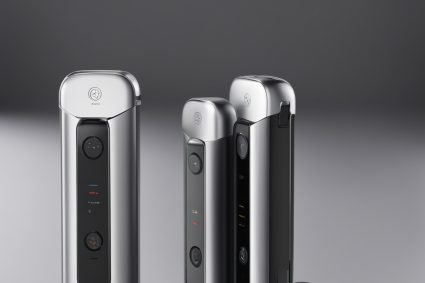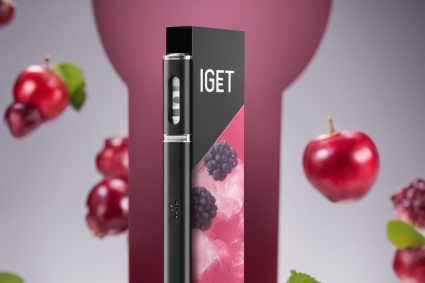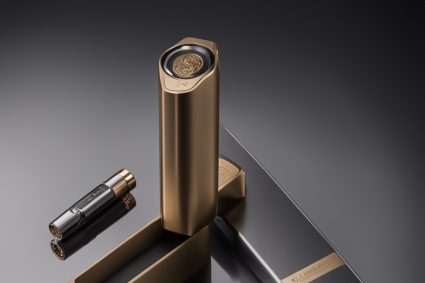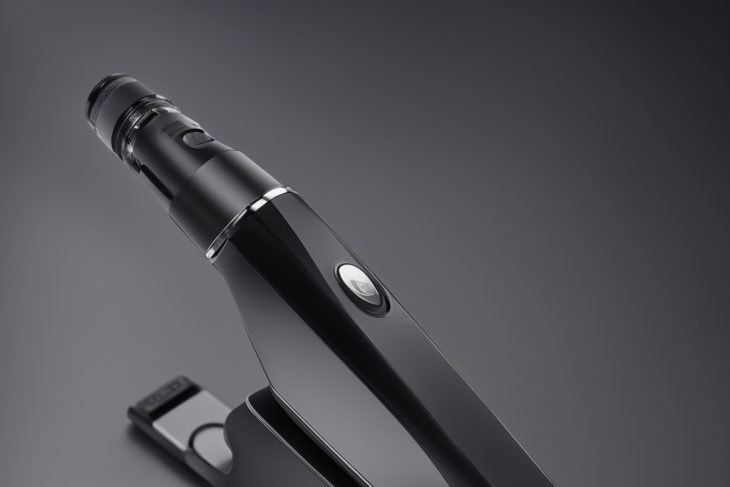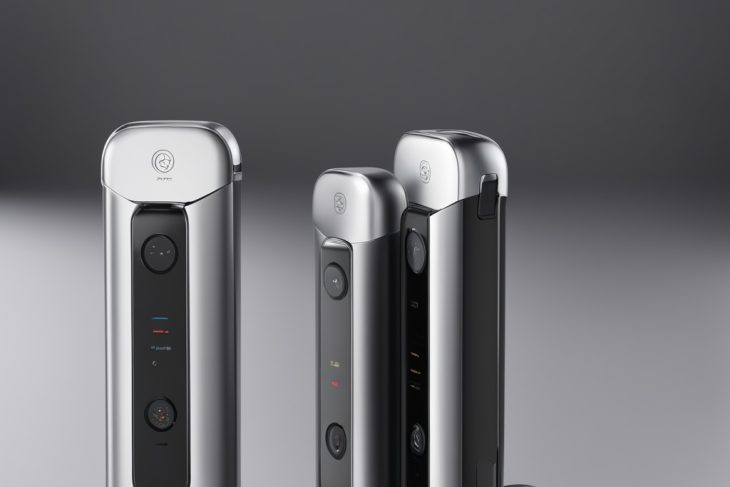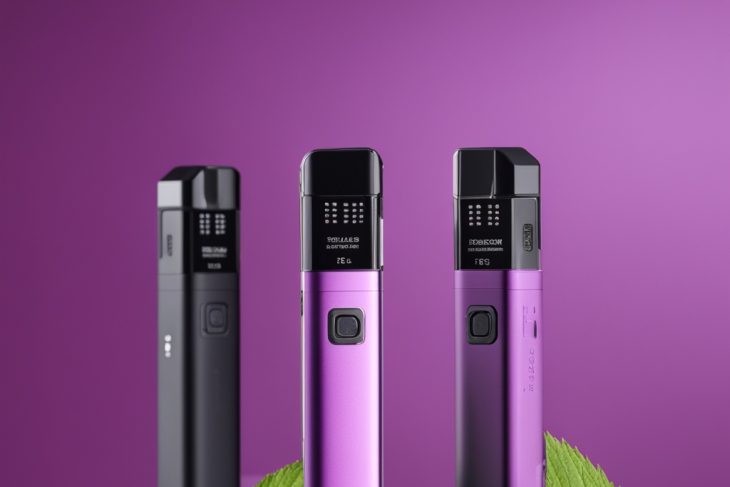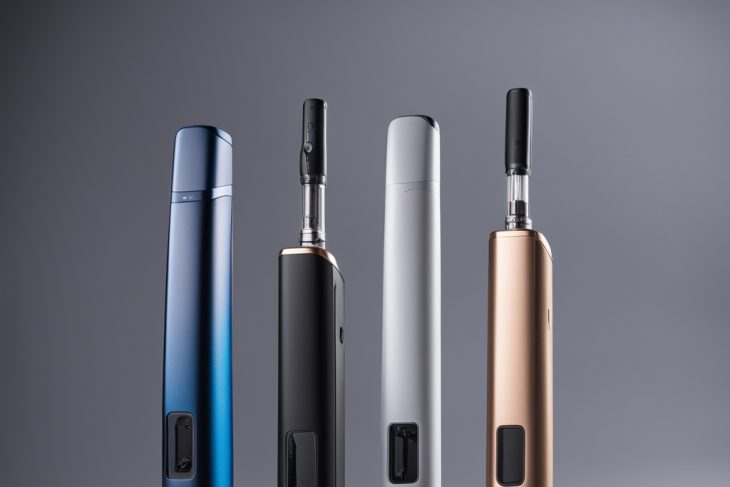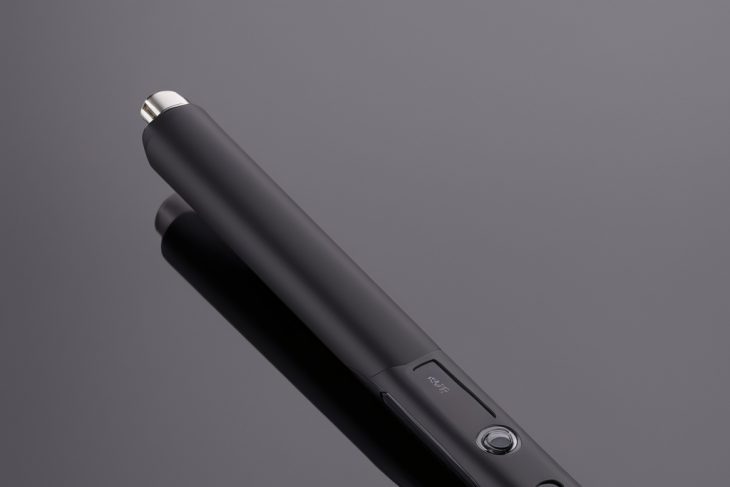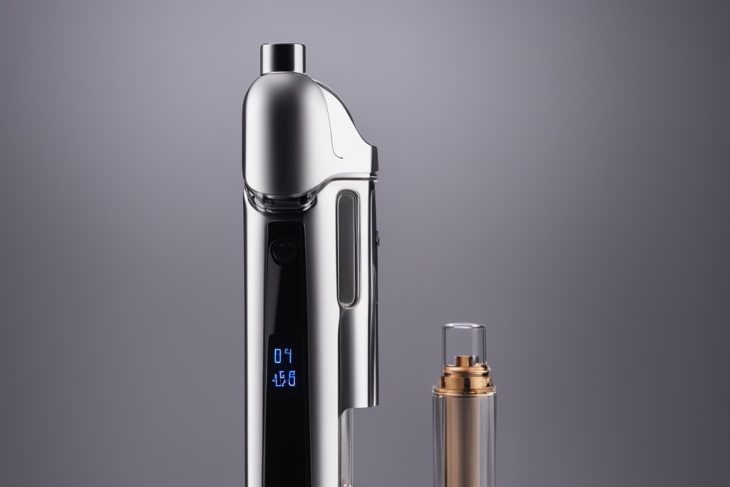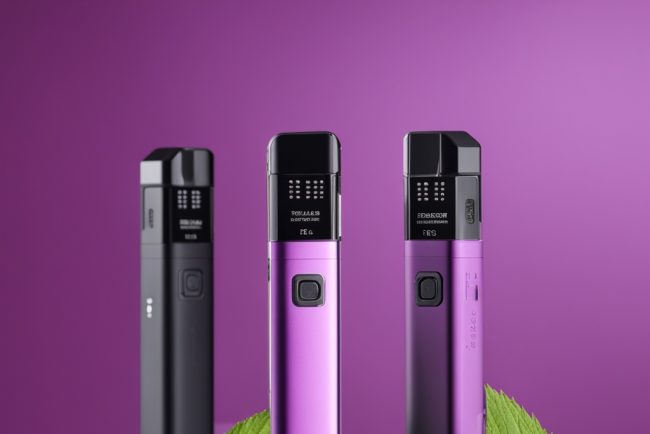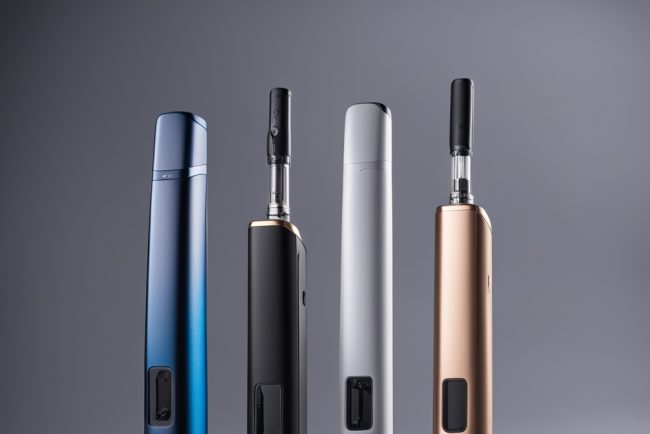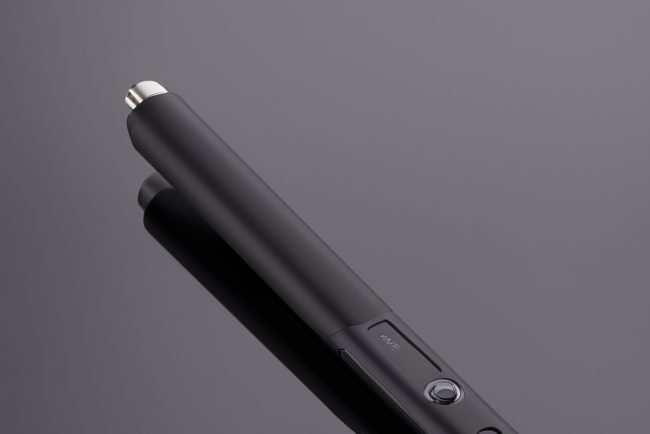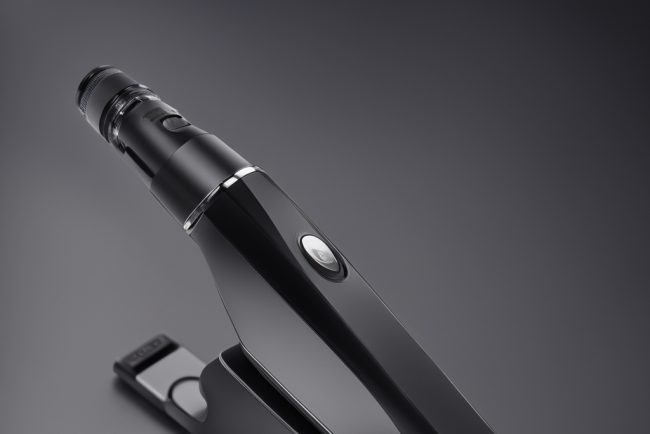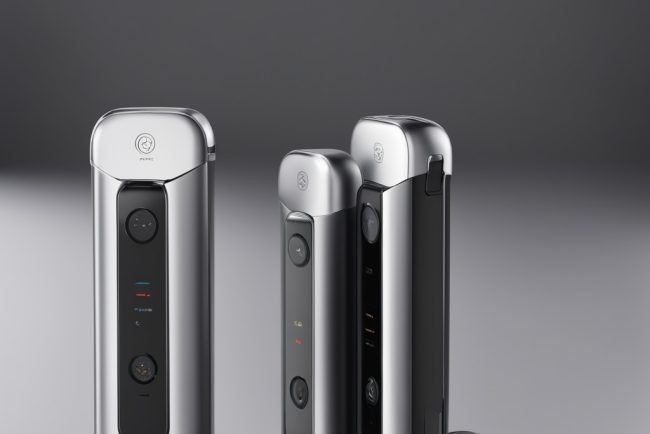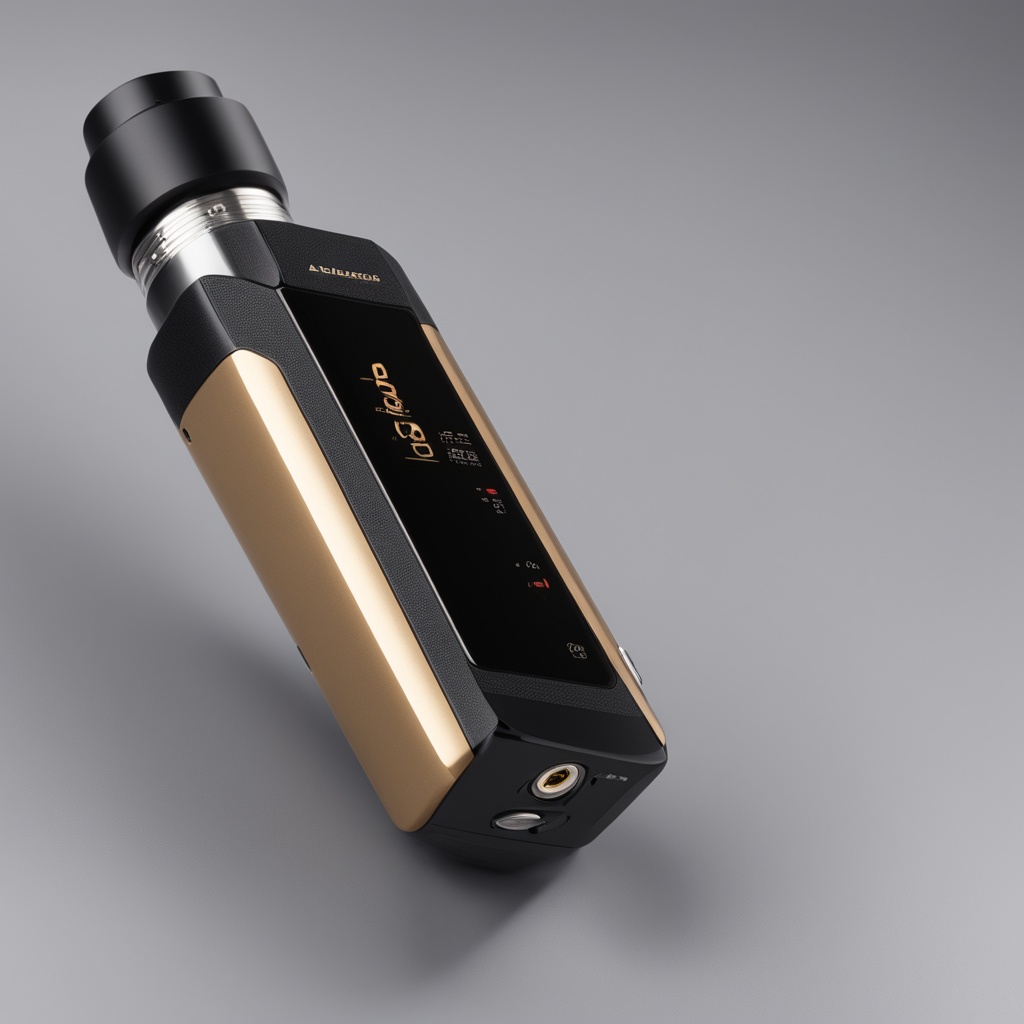
The Growing Concern: Fake iGet Bars E-Cigarettes
In recent years, the popularity of e-cigarettes has surged globally, with brands like iGet gaining significant traction. However, alongside this growth, a disturbing trend has emerged—the rise of fake iGet bars. These counterfeit products not only compromise consumer trust but also pose serious health risks. This article delves into the issue, exploring what fake iGet bars are, their implications, and how consumers can protect themselves.
What Are Fake iGet Bars?
Fake iGet bars refer to counterfeit versions of the popular iGet e-cigarette products. These products are designed to imitate genuine iGet items but often fail to meet the same quality, safety, and performance standards. Counterfeiters replicate packaging, branding, and even product design to deceive consumers into believing they are purchasing authentic iGet bars. The goal is simple: profit by exploiting the popularity of a trusted brand while cutting corners on production costs.
These fake products are typically sold through unregulated online stores, social media platforms, or street vendors. The problem is exacerbated by the difficulty in distinguishing between real and fake iGet bars without careful inspection. This raises critical questions:
How can consumers ensure they are purchasing authentic iGet bars?
What risks do counterfeit products pose to public health?
The Health Risks of Fake iGet Bars
The rise of fake iGet bars has significant implications for public health. Unlike genuine products, counterfeit e-cigarettes often contain harmful substances that can lead to severe health complications. For instance:
- Contaminated e-liquids: Fake iGet bars may contain toxic chemicals not listed on the product label, such as heavy metals or harmful solvents.
- Poor battery quality: Counterfeit devices often use low-quality batteries that can overheat, explode, or leak, posing a serious safety hazard.
- Inconsistent nicotine levels: Consumers may receive products with either too little or too much nicotine, leading to unintended health risks.
These issues highlight the importance of purchasing authentic products. But how can consumers verify the legitimacy of their purchase?
What steps are manufacturers taking to combat this growing problem?
Identifying Fake iGet Bars
Distinguishing between real and fake iGet bars requires a keen eye for detail. Here are some tips to help consumers avoid falling victim to counterfeit products:
- Check the packaging: Authentic iGet products feature high-quality packaging with sharp branding and consistent color schemes. Counterfeit products often have blurry logos or off-color prints.
- Inspect the product design: Pay attention to the finish, texture, and overall build quality of the device. Fake iGet bars may feel flimsy or have uneven surfaces.
- Verify the barcode: Use your smartphone to scan the barcode and ensure it links to the official manufacturer’s website.
- Purchase from authorized retailers: Avoid buying from unverified online stores or street vendors. Stick to reputable dealerships or the brand’s official website.
By following these guidelines, consumers can significantly reduce their risk of purchasing counterfeit products.
However, the onus is not solely on the consumer—manufacturers and regulators must also take proactive measures to combat this issue.
What steps are being taken to address the rise of fake iGet bars?
Combating Counterfeit Products
The fight against counterfeit e-cigarettes involves a multi-faceted approach. Manufacturers, regulators, and consumers all play a role in curbing the production and distribution of fake iGet bars.
Manufacturers: Companies like iGet are investing in advanced anti-counterfeiting technologies, such as holographic labels, unique serial numbers, and tamper-evident packaging. These measures make it more difficult for counterfeiters to replicate genuine products effectively.
Regulators: Governments worldwide are tightening regulations on the production and sale of e-cigarettes. This includes stricter quality control standards, mandatory safety testing, and increased penalties for those involved in the distribution of counterfeit products.
Consumers: As previously mentioned, consumers must remain vigilant when purchasing e-cigarette products. Educating oneself about the characteristics of authentic products and reporting suspicious activity to authorities can help reduce the prevalence of fake iGet bars.
The Future of E-Cigarettes
The rise of fake iGet bars underscores the challenges faced by the e-cigarette industry in maintaining consumer trust and ensuring product safety. While progress is being made to combat counterfeit products, there is still much work to be done.
The future of e-cigarettes depends on a collective effort to prioritize quality, safety, and authenticity. By supporting reputable brands, staying informed, and reporting suspicious activity, consumers can play a vital role in shaping a safer market for everyone.
Conclusion
The issue of fake iGet bars is a pressing concern that affects both public health and consumer trust. While counterfeit products are difficult to detect, there are steps individuals can take to protect themselves. Additionally, manufacturers and regulators must continue their efforts to combat this growing problem. Together, we can work toward a future where e-cigarettes are safe, reliable, and free from the risks posed by counterfeit products.
As consumers, it is our responsibility to stay informed and make educated purchasing decisions. Let us all play our part in ensuring the integrity of the e-cigarette market and safeguarding public health.

